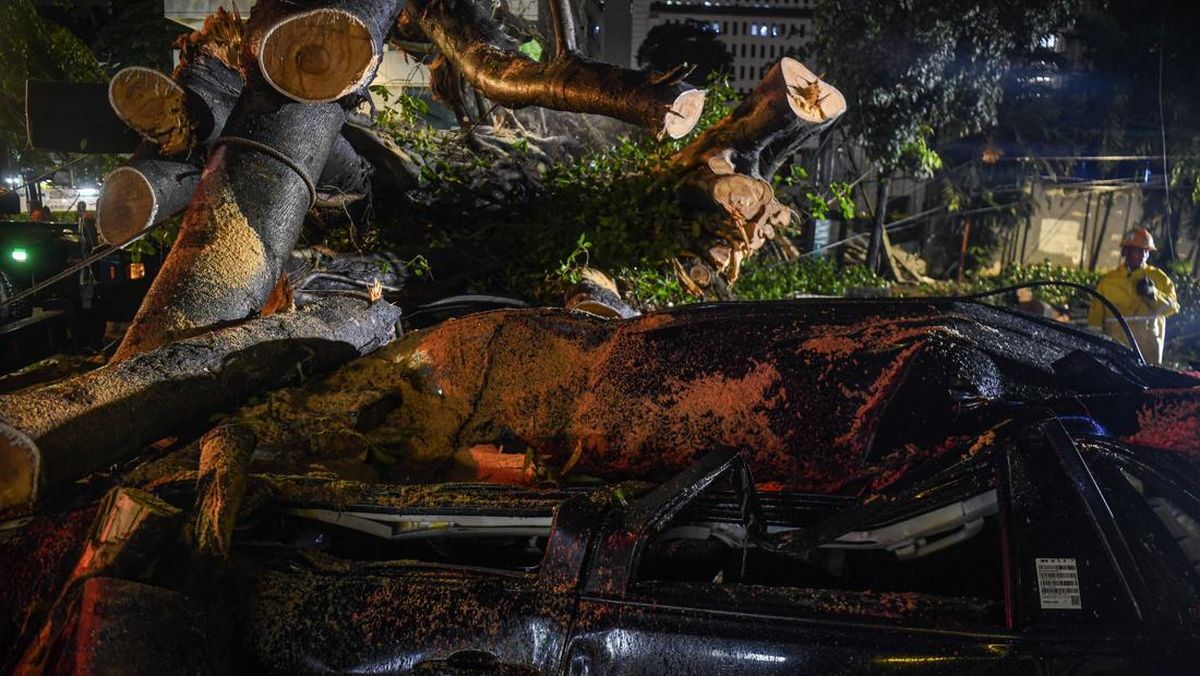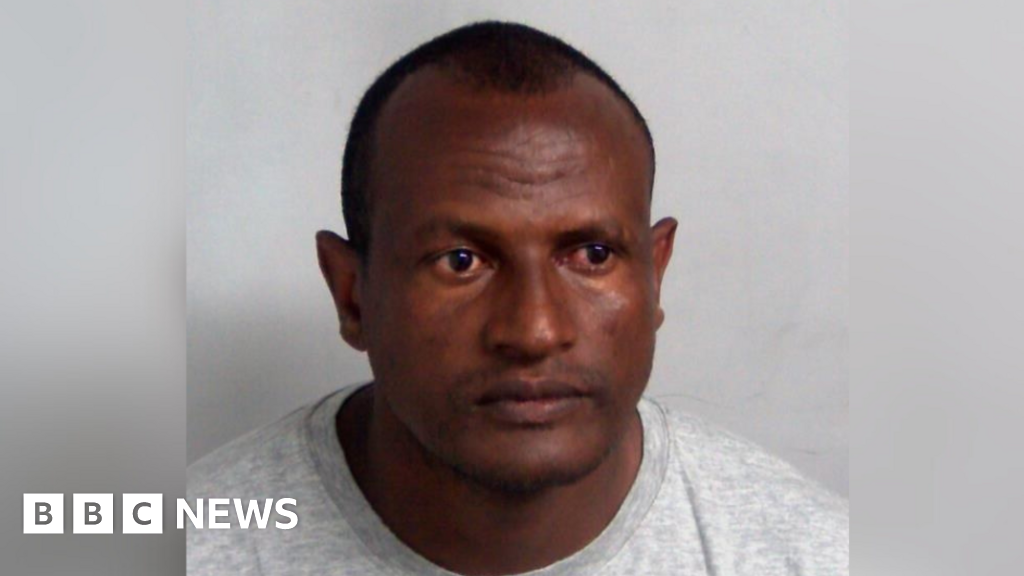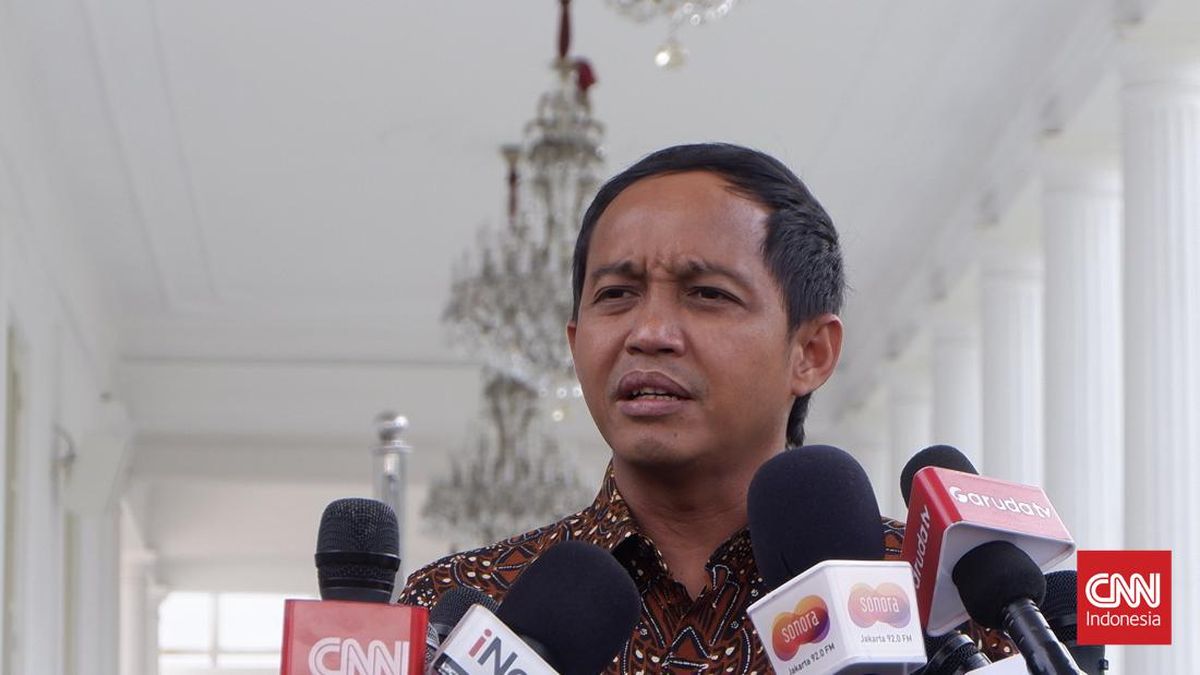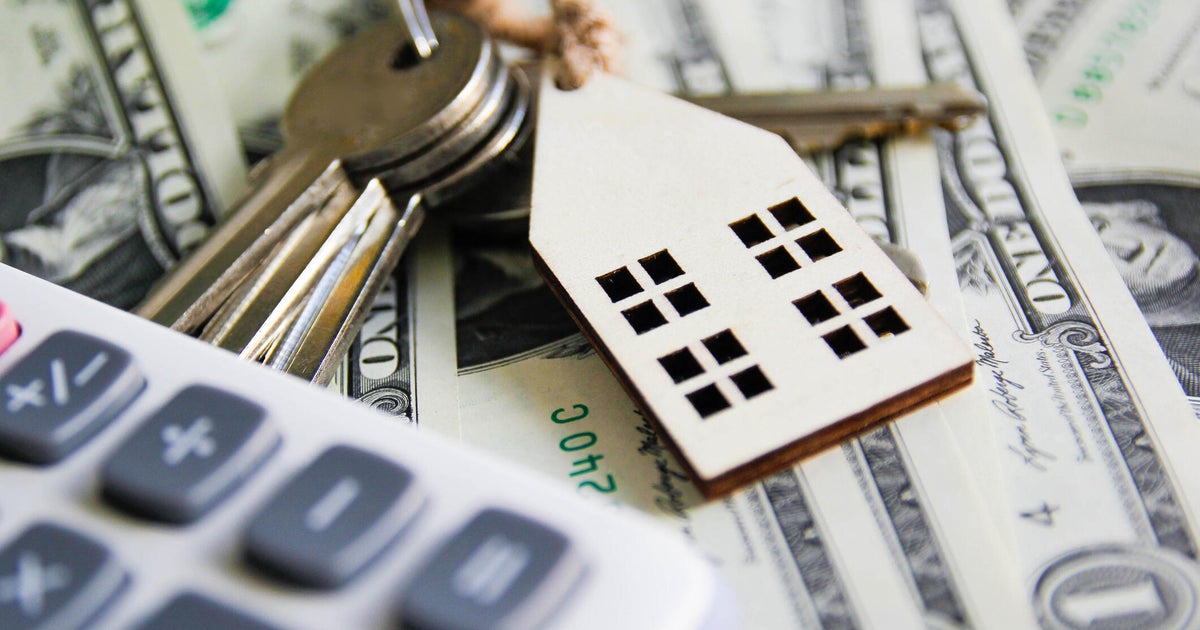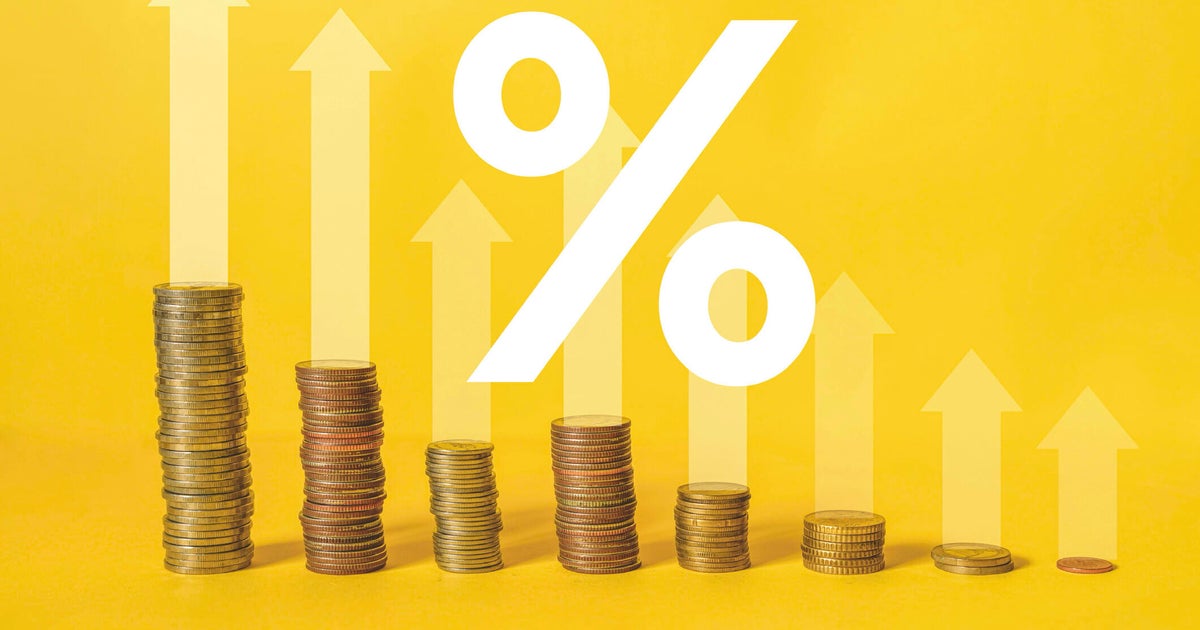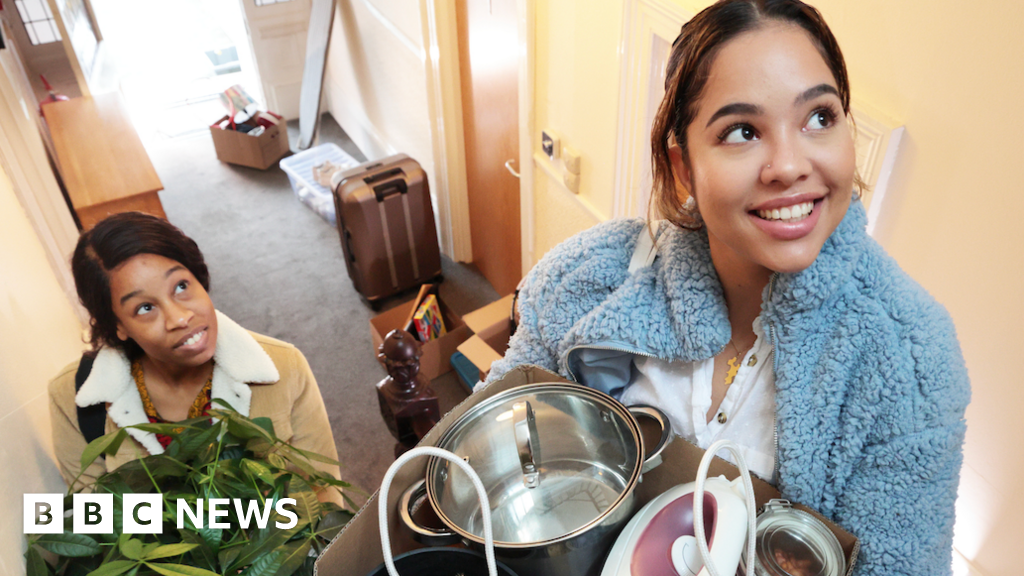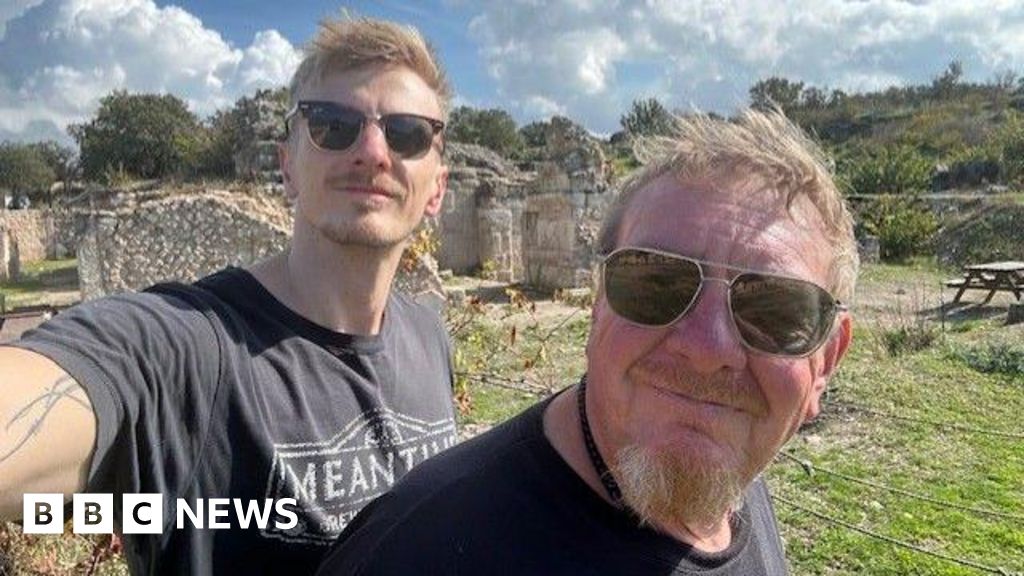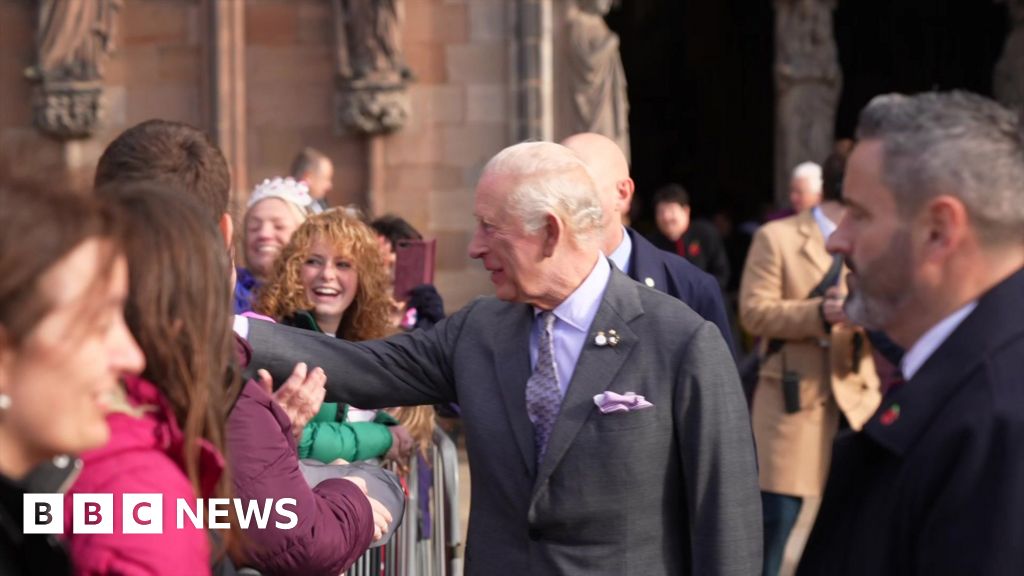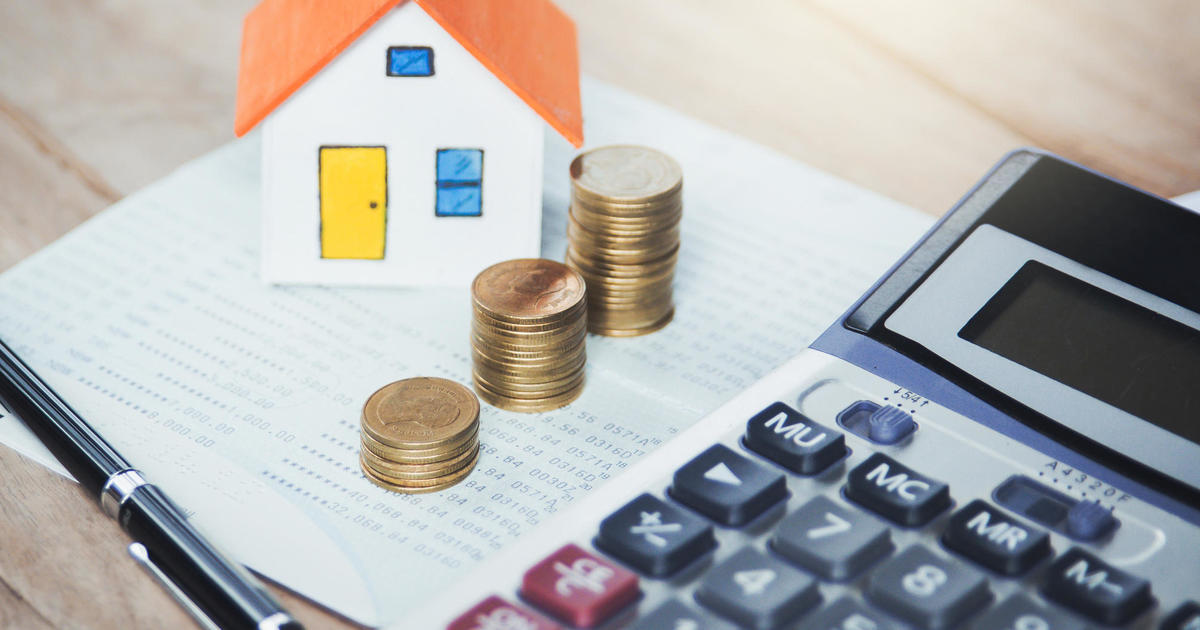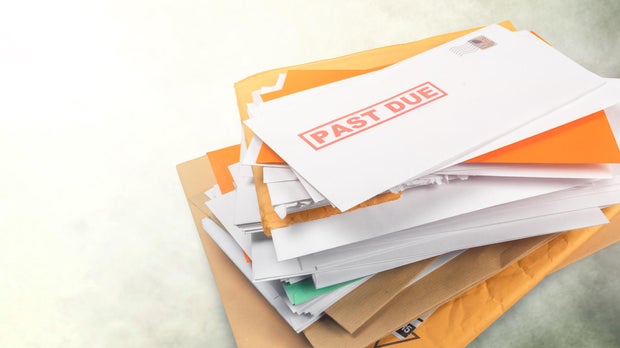 If you suspect some of your old debts are in collections, there are ways to locate them and settle them for good.
Artisteer/Getty Images
If you suspect some of your old debts are in collections, there are ways to locate them and settle them for good.
Artisteer/Getty Images
If you've fallen behind on your bills or have stopped making payments altogether, there's a good chance one or more of your accounts could now be in collections. Many people are dealing with this issue right now, thanks to high interest rates causing balances to grow, rising costs causing budgets to be stretched and a generally tough economic landscape that's having a wide impact on millions of Americans. And, if you're one of them, figuring out exactly which accounts are impacted and who holds them now can feel like a monumental task.
After all, a lot can happen between defaulting on a debt and it landing in the hands of a debt collector. Not only do the original creditors sell debts to third parties, but those unpaid debts can be sold between debt collection agencies, too. As a result, it's common for accounts you've forgotten about to reappear years later with new contact info and higher balances. That can make it difficult to get a full picture of your financial situation, especially if you're trying to rebuild your credit or qualify for a mortgage, car loan or an apartment rental.
And, even one overlooked collection account can damage your credit score and derail those plans. But the good news? You can track down every outstanding account, verify its accuracy and start working toward a resolution.
Find out how you can start getting rid of your overwhelming debt now.
How do I find all of my accounts in collections?
There's no single list that shows all your outstanding collections, but there are several reliable tools that can help you piece together the full picture. Here's what to do:
Check your credit reports from all three bureaus
The easiest way to start is with your credit reports from Equifax, Experian and TransUnion, which can be accessed for free at AnnualCreditReport.com. Not every collection agency reports to all three bureaus, so it's essential to check all of your reports, not just one. As you review each of your reports, look specifically for accounts listed under "collections" or "negative items." These entries will typically show the original creditor, the collection agency that now owns the debt, the amount owed and the date it was reported.
Learn about the debt relief options you can use to get your finances back on track.
Look for unfamiliar collection agencies
Sometimes, a debt might not appear under the original creditor's name, but under a debt buyer's name you don't recognize instead. If you see a company like "Midland Credit Management" or "Portfolio Recovery Associates," that's a sign the account was sold or transferred at some point.
Review recent mail, emails and phone calls
Federal law requires debt collectors to send you a written notice, called a debt validation letter, within five days of first contacting you. So, if you've received calls or mail from a company trying to collect a balance, that's another way to identify what's in collections. These letters and emails are important because they can help verify who now owns the debt, as well as what you currently owe for not just the balance, but the fees and interest charges, too.
Contact your original creditors
If you have an account that you know is delinquent, but it's not showing up on your credit report, call the original creditor directly to get more information. They can tell you whether your account was sold to a collection agency and, if it was, provide contact details for the new owner.
Use reputable debt lookup services carefully
There are online services that claim to find all your debts, but use caution, as these services can also be scams. Stick with official credit reporting agencies or federally approved sources whenever possible, and you should never provide personal details like your Social Security number or bank account info to an unverified site.
How to settle your debt collection accounts now
Once you've identified your outstanding debt collection accounts, the next step is resolving them. There are several paths to consider, including:
Negotiate directly with the collection agency
If you can afford a lump-sum payment, you might be able to negotiate and settle the debt for less than the full amount owed. Many collectors are willing to accept a fraction of the balance to close the account, especially if it's been delinquent for a while. Just be sure to always get any settlement agreement in writing before sending a payment.
Set up a payment plan
If paying in full isn't possible, ask about setting up an installment plan. Some agencies will allow you to make monthly payments, though interest or fees may continue to accrue during that time. This can be a good option if you want to gradually rebuild your credit while getting out of debt.
Work with a debt relief company on settlement
If you have multiple debts in collections and can't manage them on your own, enrolling in a debt settlement program offered by a reputable debt relief company can help. The goal of these programs is to negotiate with creditors on your behalf to reduce your overall balance in return for a lump sum payment, and the relief you get can be substantial.
Consider credit counseling or a debt management plan
Credit counseling agencies can help you organize your debts, create a repayment plan and sometimes lower your interest rates. While this approach doesn't reduce your total balance, it can simplify repayment and help you get current with creditors.
The bottom line
Finding all of your accounts in collections is a critical first step toward financial recovery. Once you know exactly who you owe and how much, you can start taking control, whether that means negotiating directly, entering a debt relief program or getting help from a credit counselor. Each resolved account gets you closer to a clean slate and a higher credit score, so the sooner you identify and address your collections, the sooner you can move forward.
Edited by Matt Richardson


